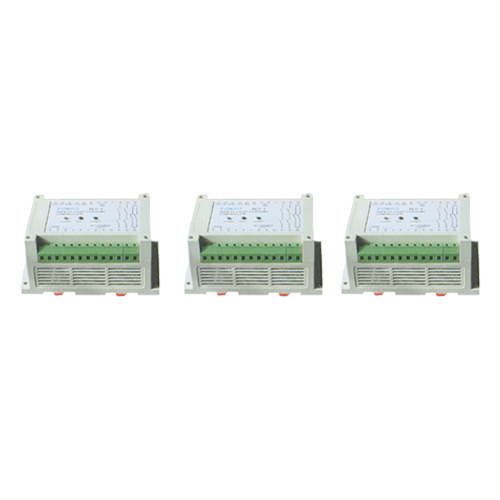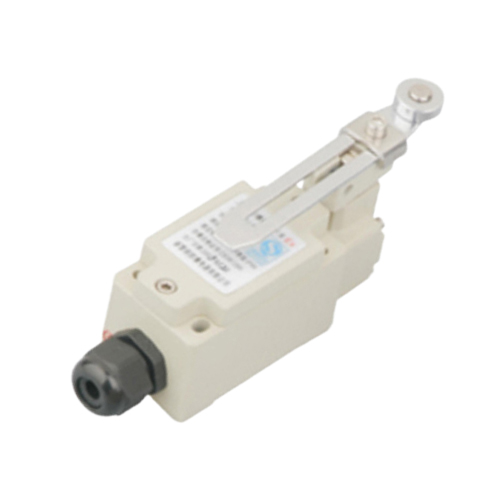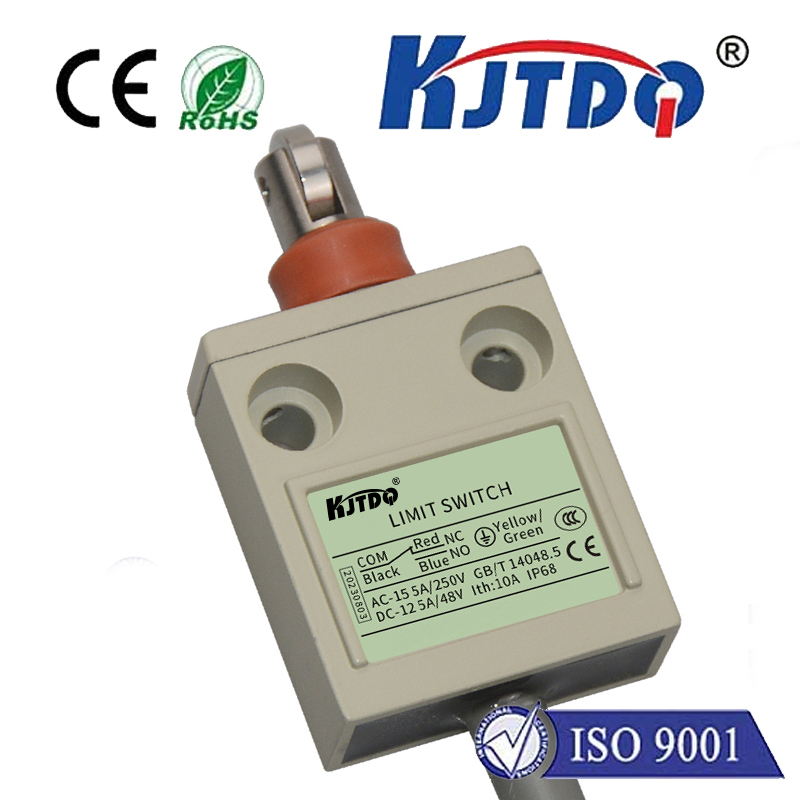

check

check

check

check
In recent years, the field of magnetic proximity technology has witnessed a remarkable surge in research and development. This cutting-edge innovation has the potential to revolutionize various industries by unlocking new levels of efficiency, accuracy, and convenience. In this article, we explore the transformative power of magnetic proximity and its implications for the future of technology.
Section 1: Magnetic Proximity: The Basics
Magnetic proximity refers to the ability of two or more objects to interact with each other through the presence of magnetic fields. These fields are generated by electric currents flowing through a coil of wire, which creates a magnetic field around the coil. When a conductive material is placed close to this field, it can experience a magnetic field force that alters its electrical properties.
Section 2: Applications of Magnetic Proximity
The possibilities of magnetic proximity technology are virtually limitless. One notable application is in the field of electronics, where it can be used to enhance data transfer rates and improve energy efficiency. By utilizing magnetically induced currents, devices can communicate over long distances without the need for wires or cables. This has significant implications for the development of wireless charging technologies and other forms of wireless communication.
Another area where magnetic proximity technology is having a significant impact is in healthcare. For example, researchers are exploring the use of magnetic nanoparticles to target cancer cells more effectively than traditional chemotherapy methods. By leveraging the unique properties of these nanoparticles, doctors may be able to deliver drugs directly to affected tissues, resulting in fewer side effects and improved treatment outcomes.
Section 3: Challenges and Opportunities
Despite its immense potential, there are still several challenges associated with the widespread adoption of magnetic proximity technology. One major obstacle is cost – as with many emerging technologies, high upfront costs can make it difficult for smaller companies to compete in the market. Additionally, there are concerns about safety and ethical implications, particularly when it comes to using magnetic fields to manipulate or control individuals without their knowledge or consent.
However, these challenges also present opportunities for innovation and growth. As researchers continue to develop new applications and overcome technical hurdles, it is likely that we will see increasing adoption of magnetic proximity technology in a variety of industries. From smart homes and autonomous vehicles to medical treatments and industrial automation, the possibilities are truly endless.
In conclusion, the revolutionary impact of magnetic proximity on technology promises to usher in a new era of innovation and progress. While there are still significant challenges to be addressed, the potential benefits make it clear that this exciting field holds tremendous promise for shaping the future of our world.









